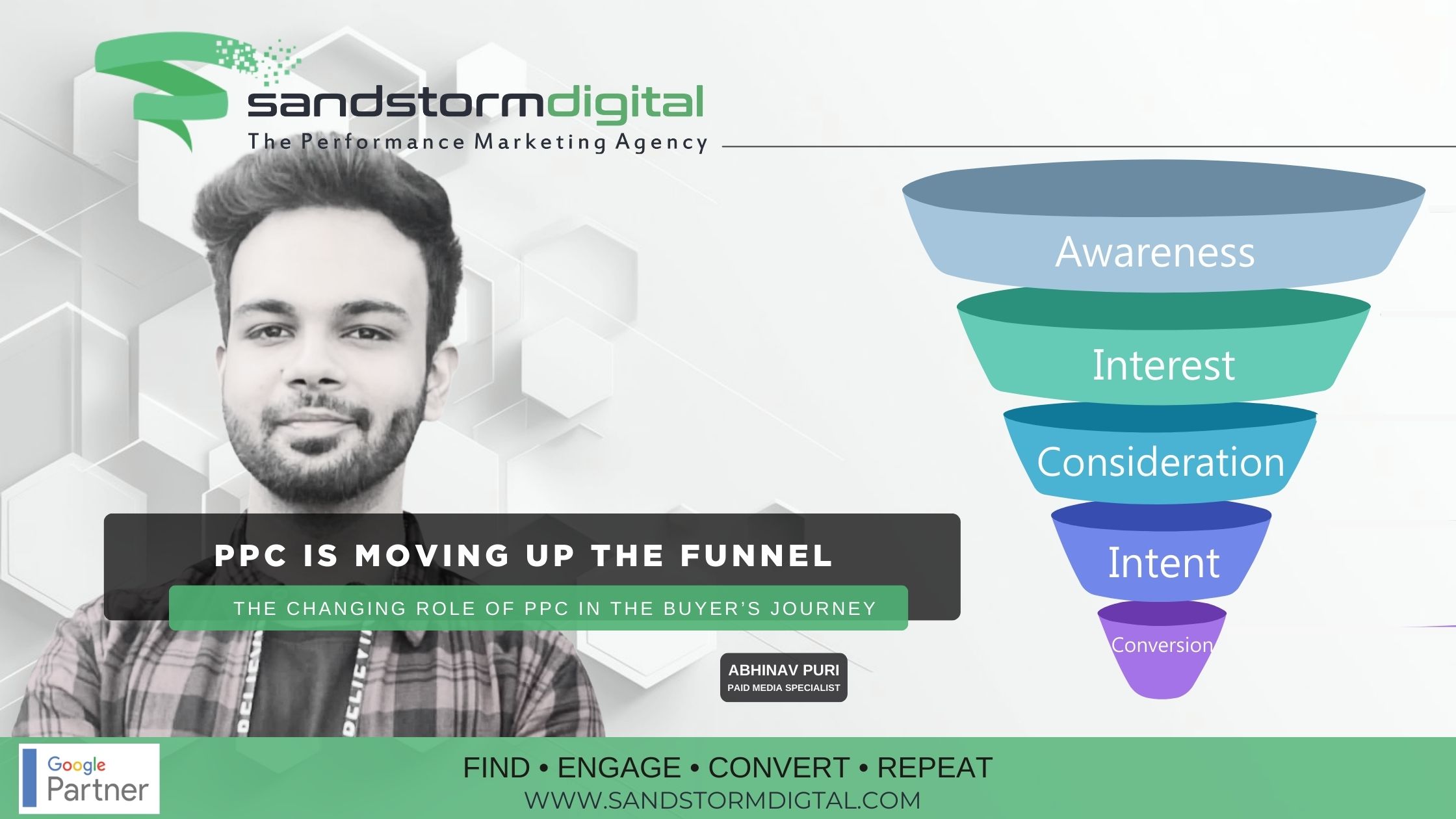Google’s algorithm for ranking websites is constantly evolving, and as such, so too must our approach to search engine optimization (SEO). Google recently released a set of guidelines for link building and best practices that SEO experts should keep in mind when creating and managing links to their sites. In 2022, Google said external links will be less important as a ranking factor in the future, however, they will still play a role in ranking. In this blog post, we will review SEO Link Best Practices and explore how they can help improve your website’s rankings.
- Make Your Links Crawlable
Google can only crawl your link if it’s an <a> HTML element (also known as anchor element) with an href attribute. Most links in other formats won’t be parsed and extracted by Google’s crawlers. Google can’t reliably extract URLs from <a> elements that don’t have an href attribute or other tags that perform as links because of script events.
- How To Write Good Anchor Text
Anchor text (also known as link text) is the visible text of a link. This text tells people and Google something about the page you’re linking to. Place anchor text between <a> elements that Google can crawl.”
Good anchor text is descriptive, reasonably concise, and relevant to the page that it’s on and to the page, it links to. It provides context for the link and sets the expectation for your readers. The better your anchor text, the easier it is for people to navigate your site and for Google to understand what the page you’re linking to is about.
- Internal Links Within Your Content
According to Google, there is no specific number of links you need, instead, you should pay more attention to the anchor text used for internal links, which can help both people and Google make sense of your site more easily and find other pages on your site.
“Think about what other resources on your site could help your readers understand a given page on your site, and link to those pages in context.”
- External Links From Other Sites
Google notes, “Linking to other sites isn’t something to be scared of; in fact, using external links can help establish trustworthiness (for example, citing your sources). Link out to external sites when it makes sense, and provide context to your readers about what they can expect.” Use the ‘nofollow’ only when you don’t trust the source, If you were paid in some way for the link, qualify these links with ‘sponsored’ or ‘nofollow’.
Google’s SEO Link Best Practices emphasize the importance of quality, diversity, and naturalness when it comes to link building. By focusing on creating high-quality, relevant links from trusted sources, monitoring your backlink profile, and creating link-worthy content, you can improve your website’s rankings and drive more organic traffic to your site.
Related blogs:
Google December 2022 Link Spam Update: 9 Link Spam Examples To Avoid












0 Responses